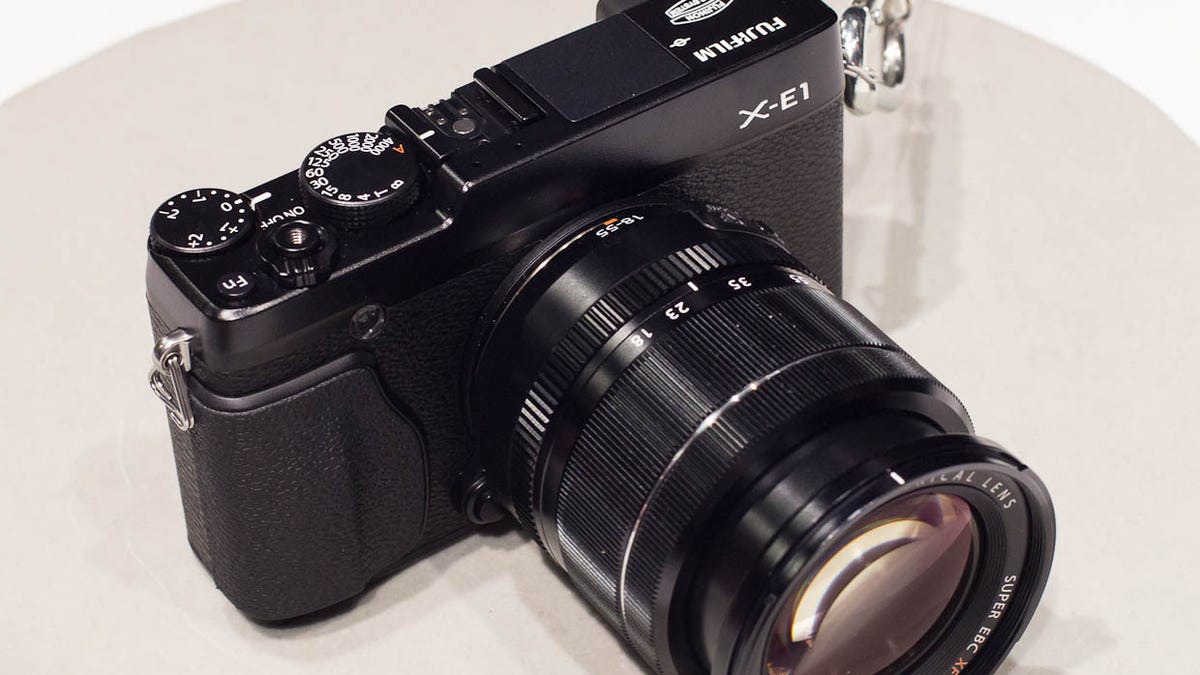Apple raw update supports Fujifilm cameras
Photographers using Fujifilm's X20, X100S, X-E1, and X-Pro1 now can see and edit their raw photos in Aperture and iPhoto.

Apple has updated its raw-photo support so software like iPhoto and Aperture can handle images from several higher-end new Fujifilm cameras.
The update to OS X 10.8, aka Mountain Lion, lets Apple's software handle files from the Fujifilm X20, X100S, X-E1, and X-Pro1. The update arrived last week and only works if a person has iPhoto 9.4 or Aperture 3.4 installed, Apple said.
All these models use the unusual X-Trans sensor technology, which handles colors differently than traditional sensors with Bayer-pattern color filter arrays, so supporting them has been more difficult than conventional cameras. Adobe Systems' rival software, Lightroom, added support way back in October 2012 for some of the cameras, but the company had to issue an update to fix raw-processing problems with those four cameras.
Raw photos, available on higher-end cameras, record the original sensor data so that photographers can process the images on a computer rather than leaving that to the camera. That affords higher quality and flexibility, but it also means more work. And software such as Aperture and Adobe Systems' Lightroom must be continually updated to support the proprietary formats of newer cameras.

